

Articles
How To Store Business Cards
Modified: January 18, 2024
Learn how to efficiently store and organize your business card collection with these informative articles. Find practical tips and techniques to keep your contact information easily accessible.
(Many of the links in this article redirect to a specific reviewed product. Your purchase of these products through affiliate links helps to generate commission for Storables.com, at no extra cost. Learn more)
Introduction
Business cards are an essential tool for professionals to make a lasting impression and exchange contact information. However, as your collection of business cards grows, keeping them organized and easily accessible can become a daunting task. This is where having a reliable business card storage system becomes crucial.
Having a well-organized and easily accessible business card collection is not only convenient but also essential for networking, building relationships, and staying on top of your connections. In this article, we will explore the importance of storing business cards and provide practical tips on how to choose the right storage solution and effectively organize and maintain your business card collection.
Key Takeaways:
- Efficiently storing business cards is crucial for quick access, networking, and professionalism. Whether organizing alphabetically, by industry, or digitizing, a well-maintained system enhances networking and relationship-building.
- Regularly updating and maintaining your business card storage system ensures current, relevant, and organized contacts. Consistency, categorization, and integration with productivity tools streamline networking and professional relationship management.
Read more: How To Store Business Cards Digitally
Importance of Storing Business Cards
Storing business cards may seem like a trivial task, but it holds great importance, especially for professionals who network regularly. Here are a few reasons why having a well-organized business card storage system is crucial:
1. Easy Access: Storing business cards in an organized manner allows you to quickly and easily retrieve contact information. When you meet someone at an event or conference, you can swiftly locate their card and follow up on potential opportunities.
2. Networking Efficiency: A well-organized business card collection enables you to efficiently manage your network. You can keep track of who you’ve connected with, when you last interacted, and any important details or reminders. This helps you build and maintain meaningful business relationships.
3. Professionalism: By storing business cards properly, you demonstrate your professionalism and respect for others’ information. It shows that you value the connections you make and are committed to maintaining them.
4. Save Time: Searching through stacks of loose business cards or digital clutter is time-consuming and inefficient. A well-organized storage system saves you time and frustration, allowing you to accomplish more in less time.
5. Visibility: Having a system in place to store business cards ensures that you remember the people you’ve met and their associated information. Rather than letting business cards pile up and get lost or forgotten, you keep valuable connections visible and accessible.
6. Reputation Building: Organized storage of business cards helps you build a reputation as someone who is reliable, organized, and trustworthy. This can positively impact your professional image and enhance your credibility.
7. Information Sharing: With a well-organized business card storage system, you have the ability to easily share the contact information of others when it’s needed. This can be especially useful when making introductions or referring someone to a colleague or friend.
Having understood the importance of storing business cards, let’s now delve into how to choose the right storage solution and effectively organize and maintain your business card collection.
Choosing the Right Storage Solution
When it comes to storing business cards, there are a variety of options to choose from. The key is to find a storage solution that suits your needs and preferences. Here are some factors to consider when selecting the right storage solution:
1. Physical vs. Digital: Decide whether you prefer a physical storage solution like a business card holder or a digital option such as a mobile app or software. Physical storage allows for quick access and a tangible collection, while digital storage offers the convenience of carrying your entire business card collection on your phone or computer.
2. Capacity: Consider the size of your business card collection and choose a storage solution that can accommodate it. If you have a large number of cards, opt for a storage option with ample space or consider digitizing your collection to save physical space.
3. Portability: If you frequently attend events or meetings, portability is essential. Choose a storage solution that is compact and easy to carry, such as a business card holder that fits in your pocket or a mobile app that allows you to access your cards on the go.
4. Durability: Ensure that your chosen storage solution is sturdy and durable to protect your business cards from damage. Look for materials such as leather or metal for physical storage solutions or check the reviews and ratings for digital storage apps or software.
5. Organization: Look for a storage solution that offers organization features to make it easier to locate specific cards. This could include alphabetical dividers, clear sleeves for easy visibility, or search and tagging options in digital storage solutions.
6. Compatibility: If you choose a digital storage solution, make sure it is compatible with your devices and operating systems. Check if it syncs across multiple devices and offers backup options to ensure the safety of your data.
7. Ease of Use: Opt for a storage solution that is user-friendly and intuitive, allowing for easy input and retrieval of information. Avoid overly complex systems that may be time-consuming to set up and navigate.
Remember, the right storage solution may vary depending on individual preferences and needs. Experimenting with different options can help you find the one that works best for you. In the next sections, we will explore effective methods for organizing and maintaining your business card collection, whether physical or digital.
Organizing Business Cards Alphabetically
Organizing business cards alphabetically is one of the most common and straightforward methods to keep your collection in order. This method allows for easy retrieval and quick access to specific cards. Here are the steps to effectively organize your business cards alphabetically:
1. Sort Your Cards: Start by sorting your business cards into alphabetical order based on the contact’s last name. If you have a large collection, it may be helpful to separate them into smaller groups by alphabet ranges (e.g., A-C, D-F, etc.) to make the sorting process more manageable.
2. Choose a Storage System: Select a storage system that accommodates alphabetical organization. Options include a physical business card binder with alphabetical dividers or a digital storage solution that allows you to create customized folders or tags for each letter of the alphabet.
3. Divide and Conquer: If using a physical storage system, insert dividers with each letter of the alphabet to create sections. Place the business cards behind the appropriate letter divider based on the contact’s last name. For digital storage systems, create separate folders or tags for each letter and assign the relevant business cards to their respective folders or tags.
4. Maintain Consistency: Ensure that you consistently file new business cards in their appropriate alphabetical sections. After receiving a new card, take a moment to determine the contact’s last name and file it accordingly. This habit will save you time and effort in the future when you need to retrieve a specific card.
5. Consider Additional Sorting: In some cases, it may be helpful to further categorize your business cards within each alphabetical section. For instance, you can separate cards by company name or industry if that information holds significance for your business relationships. This can be done by adding additional dividers or creating sub-folders or tags in your storage system.
6. Regularly Review and Update: Set aside time periodically to review and update your business card collection. Remove any outdated or irrelevant cards and ensure that new cards are properly filed in their respective alphabetical sections.
By organizing your business cards alphabetically, you create a systematic and easily navigable storage system. Whether you choose physical or digital storage, maintaining alphabetical order will help you find the contact information you need quickly and efficiently. In the next section, we will explore an alternative method of categorizing business cards by industry.
Categorizing Business Cards by Industry
Categorizing business cards by industry is a useful method to organize your collection, especially if you frequently network within specific sectors or have a diverse range of contacts from various industries. This approach allows you to easily group and access relevant business cards based on common interests or professional connections. Here’s how you can effectively categorize your business cards by industry:
1. Identify Relevant Industries: Determine the industries that are most important to your professional network or business activities. Consider the sectors you work in or have a particular interest in networking within. This could include technology, finance, healthcare, marketing, or any other field that is relevant to your work.
2. Create Industry Categories: Assign each industry a separate category or folder within your storage system. If using physical storage, you can use dividers or separate sections in a business card binder. For digital solutions, create folders or tags that represent each industry.
3. Sort and File: Sort your business cards according to the relevant industry and file them in the appropriate category or folder. This can be done by manually placing the cards behind the corresponding industry divider or tagging the digital cards with the relevant industry label.
4. Consider Sub-Categories: Within each industry category, you can further organize the cards by creating sub-categories based on specific niches or specialties within the industry. For example, within the technology industry, you can have sub-categories for software development, cybersecurity, or artificial intelligence.
5. Consistency is Key: As with alphabetical organization, consistency is important when categorizing business cards by industry. Whenever you receive a new card, determine the contact’s industry affiliation and file it in the appropriate category or sub-category. This practice ensures that you maintain an organized and easily searchable collection.
6. Review and Update: Regularly review your industry categories to ensure they are up to date and still aligned with your networking goals. Remove any outdated cards or reorganize as needed to accommodate changing interests or focus areas.
Categorizing business cards by industry provides a focused approach to organizing your contacts. It allows for quick access to relevant contacts when networking within specific sectors and streamlines the process of finding connections with similar professional interests. In the next section, we will explore the option of digitizing business cards for a more streamlined storage and retrieval process.
Store business cards in a designated holder or organizer to keep them organized and easily accessible. Consider using a digital business card app to easily store and access contacts on your phone.
Read more: How To Store Cards
Digitizing Business Cards
In today’s digital age, there is a growing trend towards digitizing business cards for convenience, accessibility, and space-saving purposes. Digitizing your business card collection allows you to carry your contacts with you on your phone or computer, eliminating the need for physical storage and making it easier to search, retrieve, and share contact information. Here’s how you can digitize your business cards:
1. Choose a Mobile App or Software: Select a mobile app or software that is designed for scanning and organizing business cards. There are numerous options available, such as CamCard, Evernote, or Microsoft Office Lens. Research and choose one that offers features like optical character recognition (OCR) and contact management.
2. Scan Your Business Cards: Using the chosen app or software, scan each business card using the camera on your phone or a scanner. Make sure the lighting is good and that the text on the card is clear and legible. The OCR technology will extract the contact information from the card and create a digital version.
3. Verify and Edit: After the scan, review the extracted information and make any necessary edits or corrections. The OCR technology is accurate but may not be 100% perfect. Verify that all the contact details, such as name, phone number, email address, and company, are correctly captured.
4. Organize and Categorize: Once the cards are digitized, you can organize them within the app or software. Create folders, tags, or categories based on your preferred method of organization, such as industry, event attended, or level of priority.
5. Utilize Additional Features: Many digital business card apps offer additional features to enhance your experience. These may include adding notes or tags to individual cards, setting reminders for follow-ups, or syncing the digital collection across multiple devices.
6. Backup Your Digital Collection: Regularly back up your digitized business card collection to ensure that you don’t lose any valuable contacts in case of device loss or damage. Sync the data with cloud storage or export it to a spreadsheet or CRM system for added security.
7. Dispose of Physical Cards: After digitizing your business cards, consider whether to keep or dispose of the physical cards. If you no longer need them, securely dispose of them to declutter your workspace.
Digitizing your business cards offers several advantages, including quick and easy access to contact information, efficient searching and sorting capabilities, and the ability to share contacts with others instantly. However, it’s important to periodically review and update your digital collection to ensure accuracy and keep it organized. In the next section, we will explore the concept of creating a business card database for comprehensive storage and management.
Creating a Business Card Database
A business card database is an effective way to store, manage, and organize your business card collection in a comprehensive manner. By creating a database, you can easily search, sort, and maintain your contacts, whether they are physical or digital cards. Here are the steps to create a business card database:
1. Choose a Database Platform: Select a database platform or software that suits your needs. You can use software applications like Microsoft Excel, Google Sheets, or specialized CRM systems like Salesforce or HubSpot. These platforms provide customizable templates and robust features for organizing and managing your contacts.
2. Set Up Data Fields: Identify the key data fields you want to include in your business card database. This typically includes fields like name, job title, company, contact information (phone, email, website), and any additional information you find relevant, such as the date you received the card or a brief note about the nature of your connection.
3. Enter Data: Start entering the data from your physical business cards or input the information from your digitized collection into the database. Ensure accuracy and consistency while entering the data to make searching and sorting more efficient.
4. Organize and Sort: Once the data is entered, organize the records based on your preferred method. You can sort them alphabetically by name, categorize them by industry, or use tags or labels to group them according to specific criteria.
5. Utilize Filters and Search Functions: Take advantage of the filters and search functions provided by the database platform. These features allow you to quickly locate specific contacts based on various criteria, such as company name, job title, or industry.
6. Regularly Update and Maintain: Set a schedule to update your business card database regularly. Remove outdated or irrelevant contacts and add new ones as you receive them. This ensures that your database remains current and accurate.
7. Backup and Security: Regularly back up your database to prevent data loss. Depending on the platform used, you can create a backup file or sync your data with cloud storage. Implement security measures, such as strong passwords or encryption, to protect sensitive contact information.
Creating a business card database provides a central and organized repository for all your business contacts, making it easier to manage and leverage those connections for networking and professional growth. With a well-maintained database, you can effectively track your interactions, nurture relationships, and stay organized in your professional endeavors. In the next section, we will explore the use of mobile apps specifically designed for business card storage and management.
Using Mobile Apps for Business Card Storage
Mobile apps dedicated to business card storage offer a convenient and efficient way to manage your contacts on the go. These apps provide features like scanning, organizing, and syncing your business card collection, all within the palm of your hand. Here’s how you can make the most out of mobile apps for business card storage:
1. Choose a Reliable App: Explore the various business card storage apps available for your mobile device. Look for apps that have positive reviews, high ratings, and features that meet your specific needs, such as OCR technology for accurate scanning and contact imports.
2. Scan and Digitize: Use the app’s scanning feature to capture the details from your physical business cards. Align the card in the camera view and allow the app to automatically extract the contact information. Review and make any necessary edits to ensure accuracy.
3. Organize and Categorize: Take advantage of the app’s organization features to categorize your business cards. Create folders, tags, or groups based on criteria like industry, event, or level of importance. This allows for quick and easy retrieval of contacts when needed.
4. Sync Across Devices: Most business card apps provide the option to sync your contacts across multiple devices. Enable this feature to ensure that your collection is accessible on your smartphone, tablet, and computer. This allows for seamless management and retrieval regardless of the device you are using.
5. Utilize Additional Features: Explore the additional features offered by the app to enhance your experience. These may include the ability to add notes, set reminders for follow-ups, or integrate with other productivity tools like calendars or email clients.
6. Share Contacts: Mobile apps for business card storage often provide options to share your contacts with others. This can be useful when networking or making referrals. Share contact details via email, text message, or QR code directly from the app.
7. Backup and Security: Regularly back up your business card data to ensure it is not lost or corrupted. Many apps offer cloud storage options, allowing you to securely store and retrieve your contacts. Implement security measures like app lock or biometric authentication to protect sensitive contact information.
Using a mobile app for business card storage provides the convenience of having your entire contact collection right at your fingertips. It allows for easy scanning, organizing, and sharing of business cards, streamlining your networking efforts. Make sure to explore the features offered by the app and customize it to best suit your needs. In the next section, we will discuss the importance of maintaining and updating your business card storage system.
Maintaining and Updating Your Business Card Storage System
Maintaining and updating your business card storage system is crucial to ensure the accuracy, relevance, and efficiency of your contacts. Whether you have a physical or digital storage system, regular maintenance will help you stay organized and make the most of your business relationships. Here are some tips for maintaining and updating your business card storage system:
1. Regular Review: Set a schedule to review your business card collection on a regular basis. This can be weekly, monthly, or quarterly, depending on the volume of cards you receive. During the review, check for any outdated or irrelevant contacts that can be removed from the system.
2. Update Contact Information: People change jobs, phone numbers, and email addresses. Make it a habit to update the contact information of your existing contacts as you receive updated details. This ensures that you have the most current information in your storage system.
3. Add New Contacts Promptly: When you receive a new business card, enter the contact information into your storage system as soon as possible. This prevents the accumulation of unorganized cards and ensures that you can find and retrieve the information when needed.
4. Reassess Categorization: Over time, your networking focus or interests may shift. Take the opportunity during your review to reassess the categorization of your contacts. Rearrange or add new categories if necessary to better align with your current goals and priorities.
5. Data Backup: If you are using a digital storage system, establish a backup routine to secure your data. Regularly back up your database or sync it with cloud storage to prevent data loss in case of device failure or other unforeseen circumstances.
6. Optimize Search and Display Options: Explore the search and display options offered by your storage system. Learn how to effectively search for specific contacts or filter them based on different criteria. Customize the display to show the most relevant information for quick reference.
7. Integrate with Productivity Tools: If your storage system allows for integration with other productivity tools such as calendars or email clients, take advantage of this feature. Sync appointments, reminders, or follow-up tasks with the corresponding contact entries to streamline your workflow.
8. Stay Consistent: Consistency is key to maintaining an organized storage system. Develop habits that promote consistency, such as immediately filing new cards or updating contact details as they change. This will save you time and effort in the long run.
By regularly maintaining and updating your business card storage system, you ensure that your contacts are current, relevant, and organized. This allows for efficient networking, effective follow-ups, and stronger professional relationships. As your network expands, keeping your storage system up to date becomes increasingly important. In the concluding section, we will summarize the key points and emphasize the importance of an organized business card storage system.
Read more: How To Store Birthday Cards
Conclusion
An organized and well-maintained business card storage system is essential for professionals who frequently network and connect with others. Whether you choose a physical or digital storage solution, implementing effective organizational strategies will save you time and effort, enhance your networking efficiency, and ensure that you make the most of your business relationships.
Alphabetically organizing your business cards allows for quick and easy retrieval based on last names. Categorizing them by industry provides a focused approach to networking and enables you to find contacts with similar professional interests. Digitizing your business cards offers the convenience of portability, easy search, and the ability to share contacts instantly.
Creating a business card database provides a comprehensive and centralized way to store and manage your contacts. With a well-structured database, you can easily search, sort, and update your business card collection. Mobile apps designed specifically for business card storage offer the convenience of scanning, organizing, and syncing contacts on the go.
To maintain an efficient business card storage system, regularly review and update your collection. Remove outdated contacts, update contact information, and add new contacts promptly. Take advantage of features like data backup, integration with productivity tools, and optimizing search options within your chosen storage system.
In conclusion, investing time and effort into organizing and maintaining your business card storage system will yield numerous benefits. With a well-organized collection, you can quickly access contacts, efficiently network within your industry, and build strong professional relationships. Remember, a well-managed business card storage system is an invaluable tool for success in today’s interconnected business world.
Frequently Asked Questions about How To Store Business Cards
Was this page helpful?
At Storables.com, we guarantee accurate and reliable information. Our content, validated by Expert Board Contributors, is crafted following stringent Editorial Policies. We're committed to providing you with well-researched, expert-backed insights for all your informational needs.
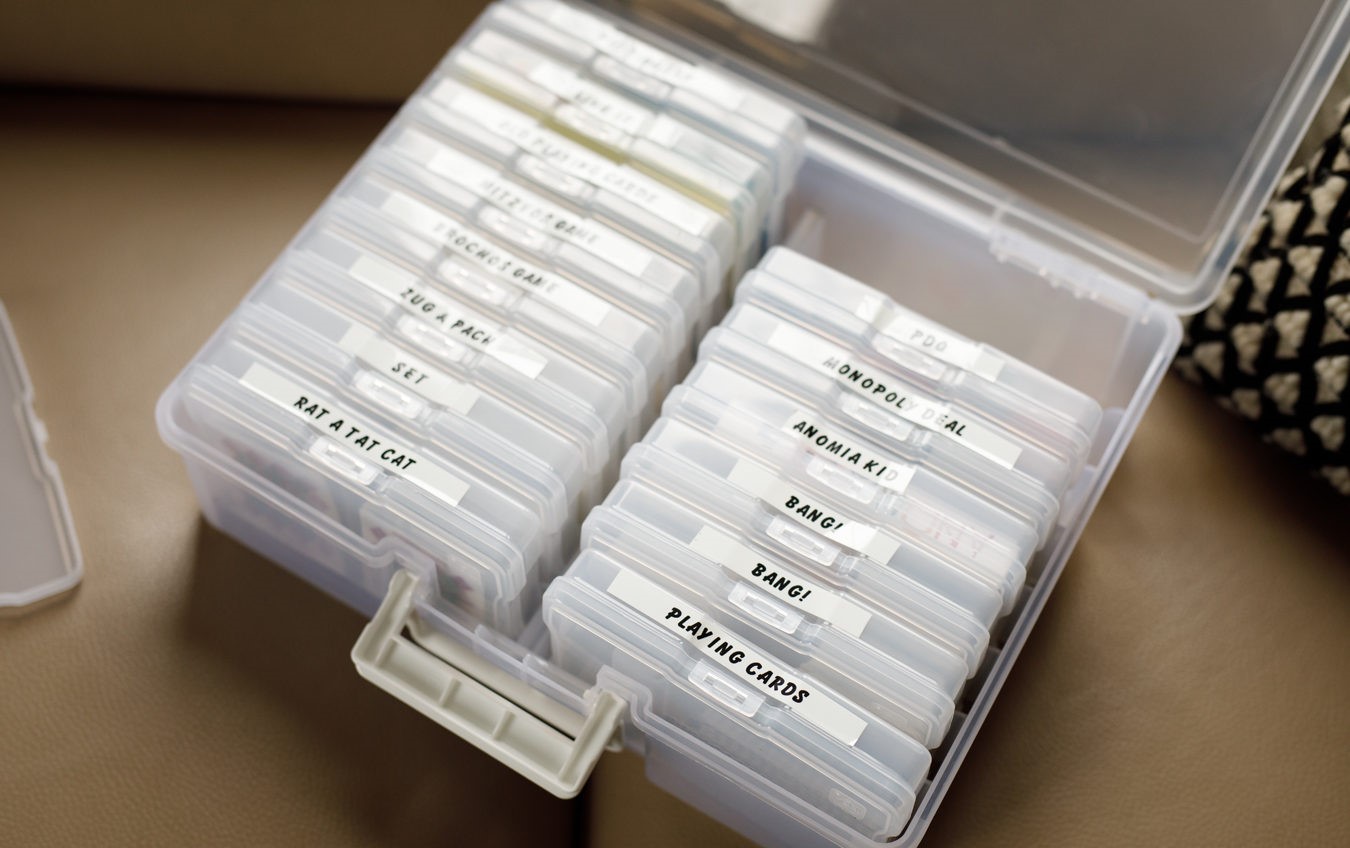
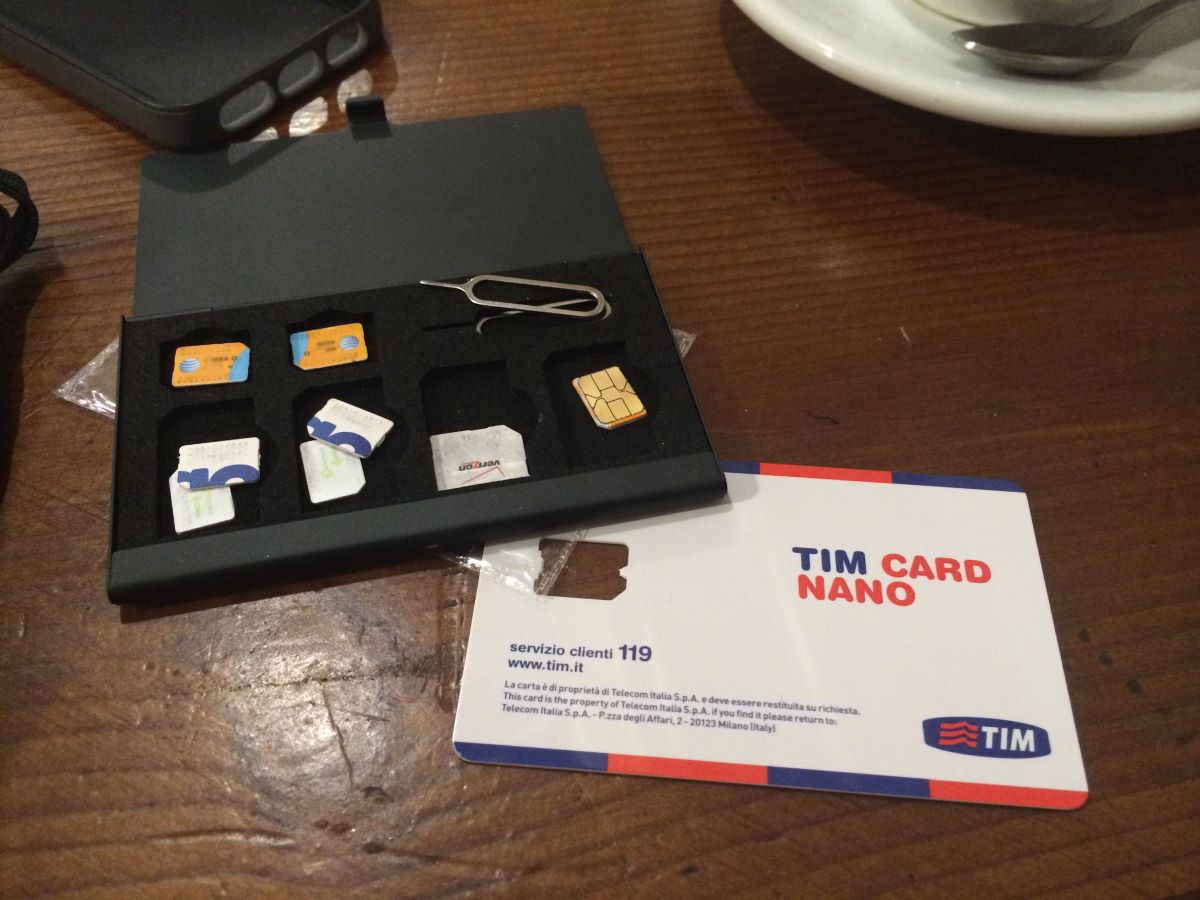

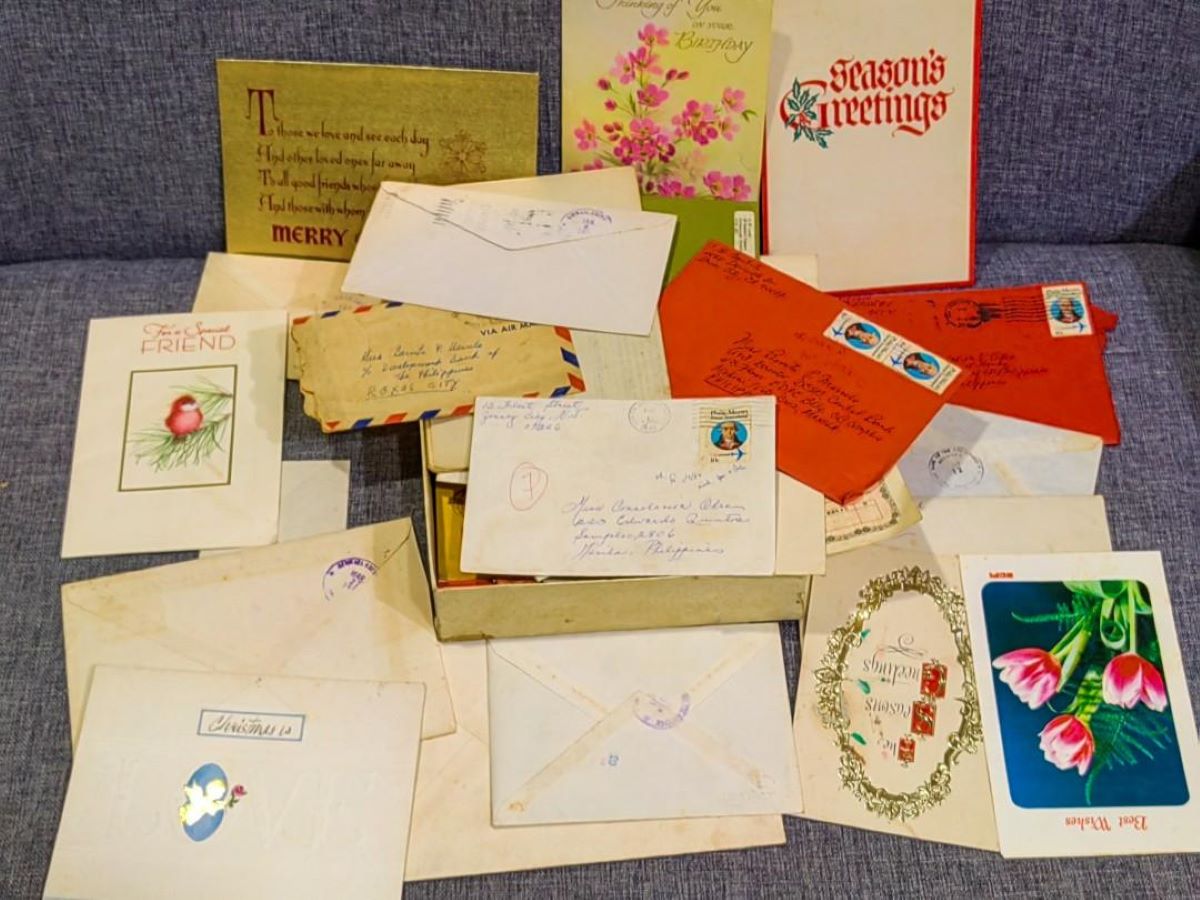
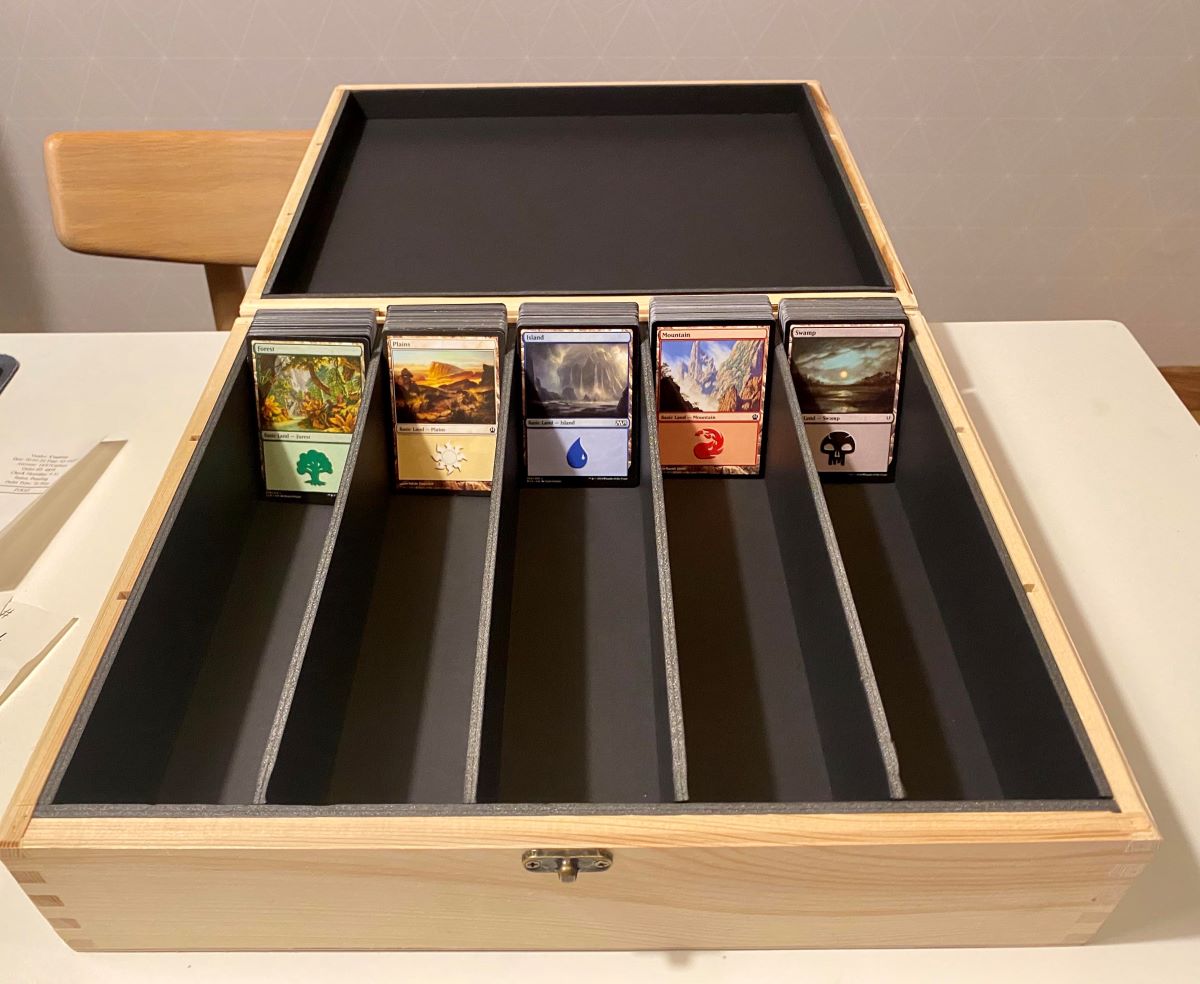
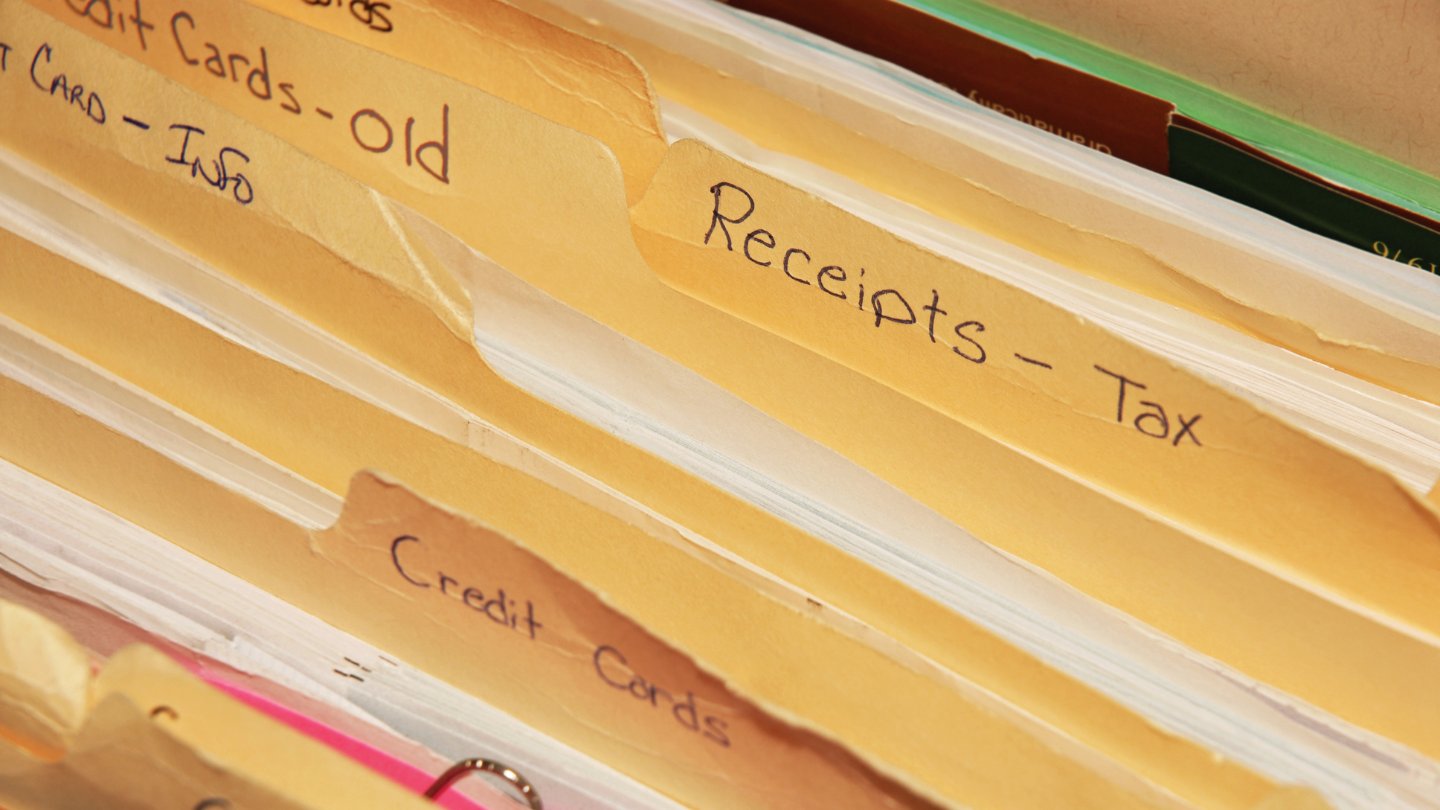
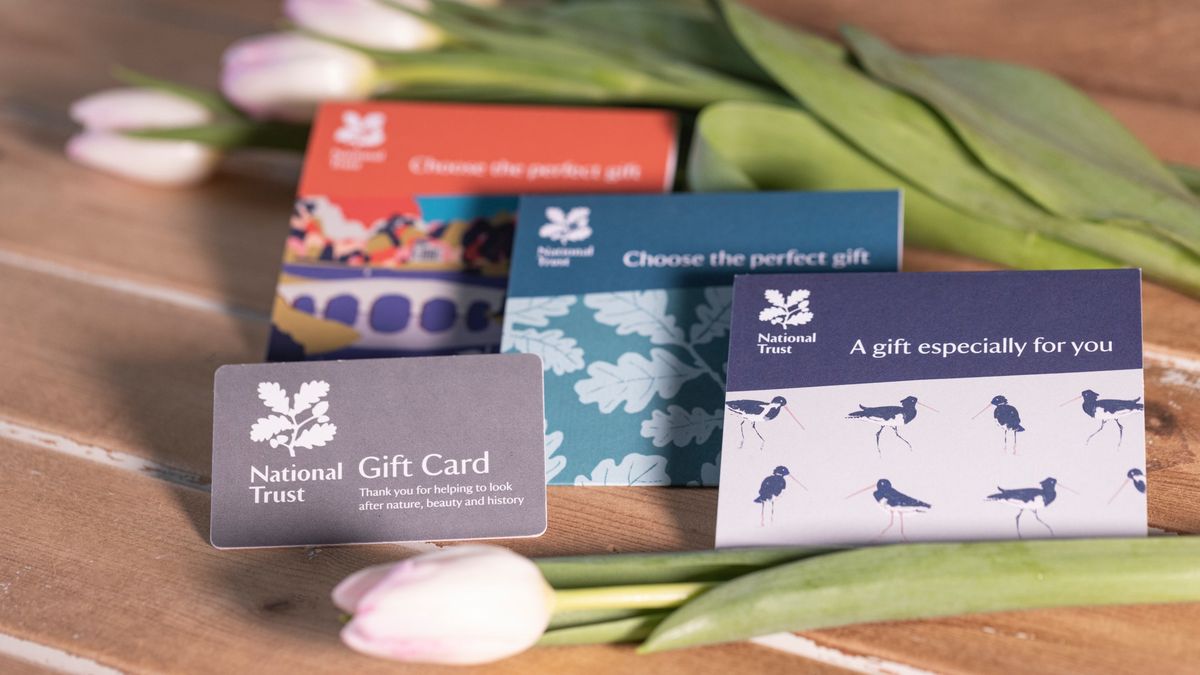
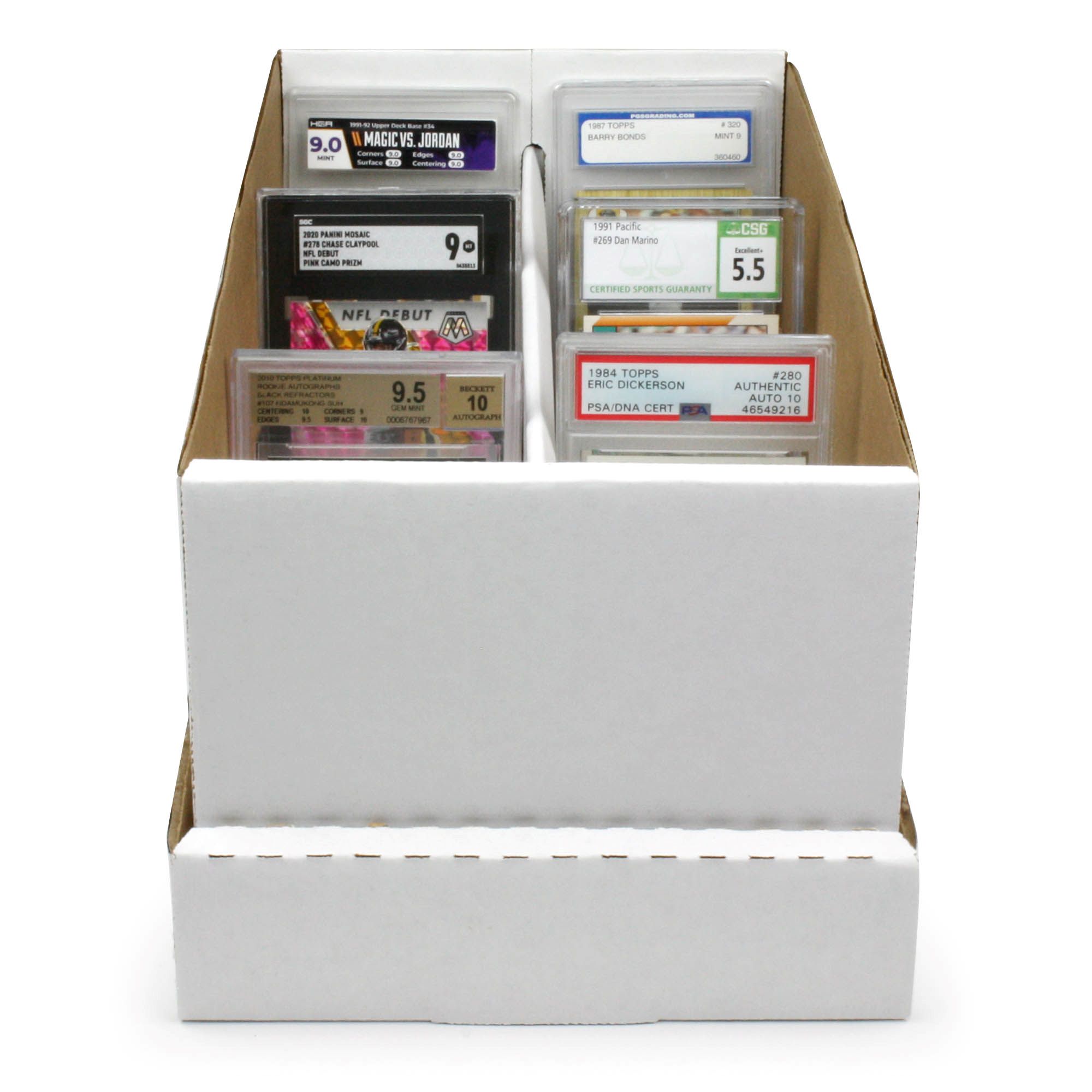

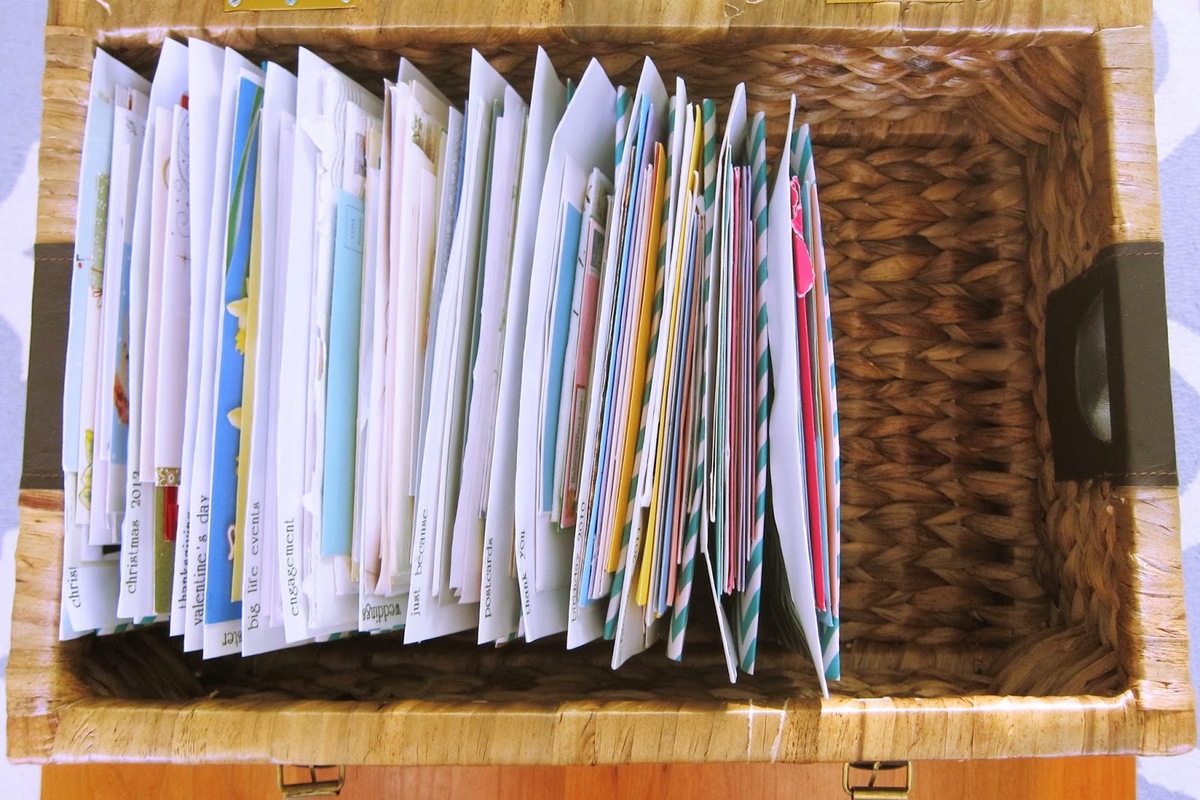
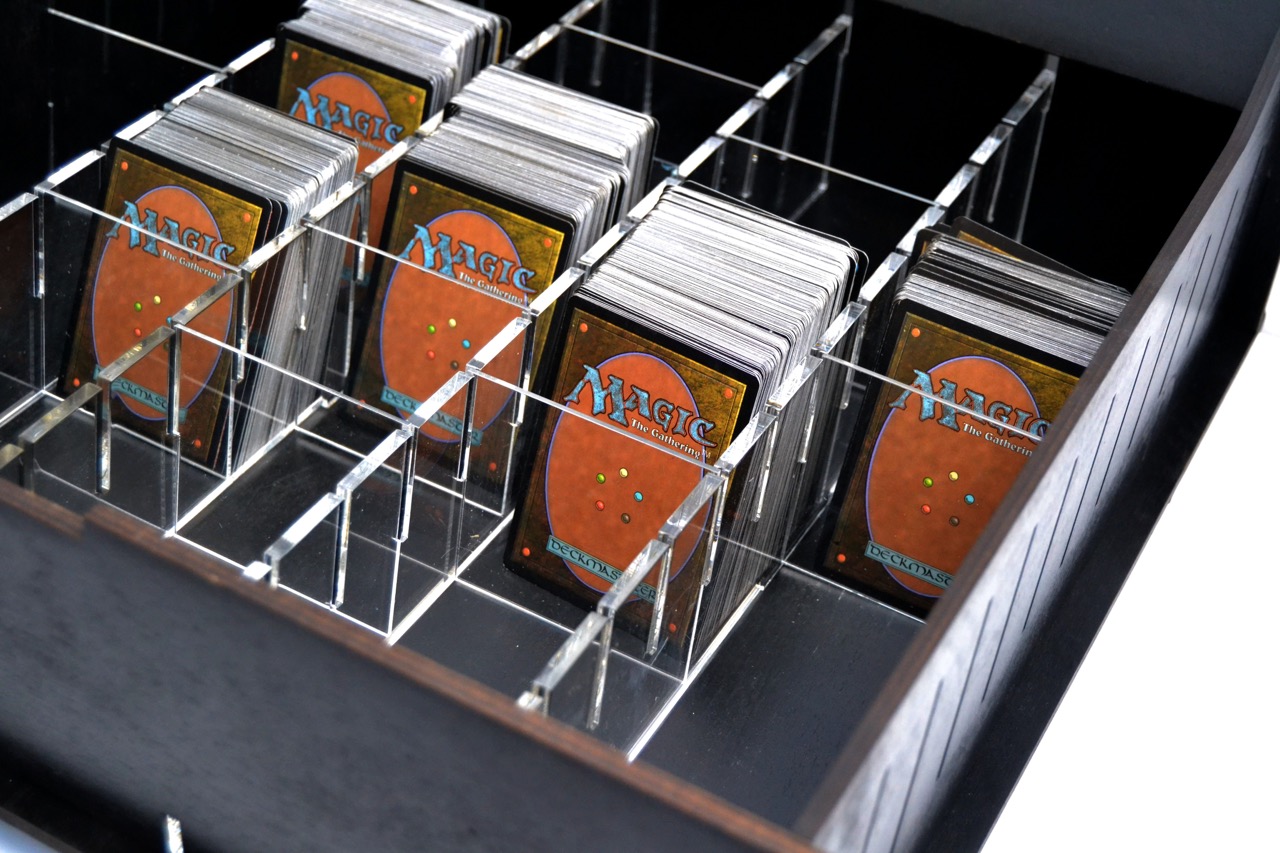
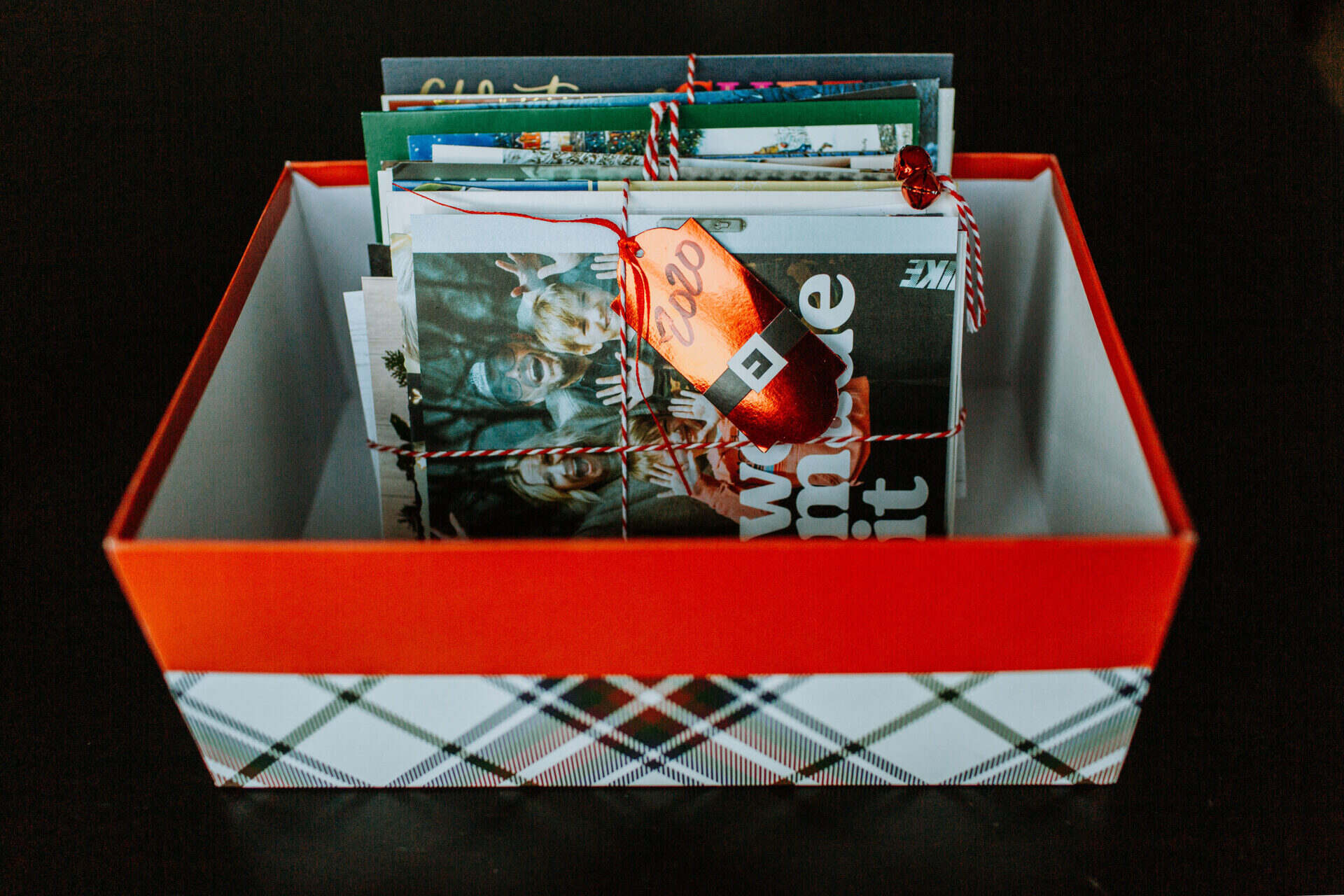
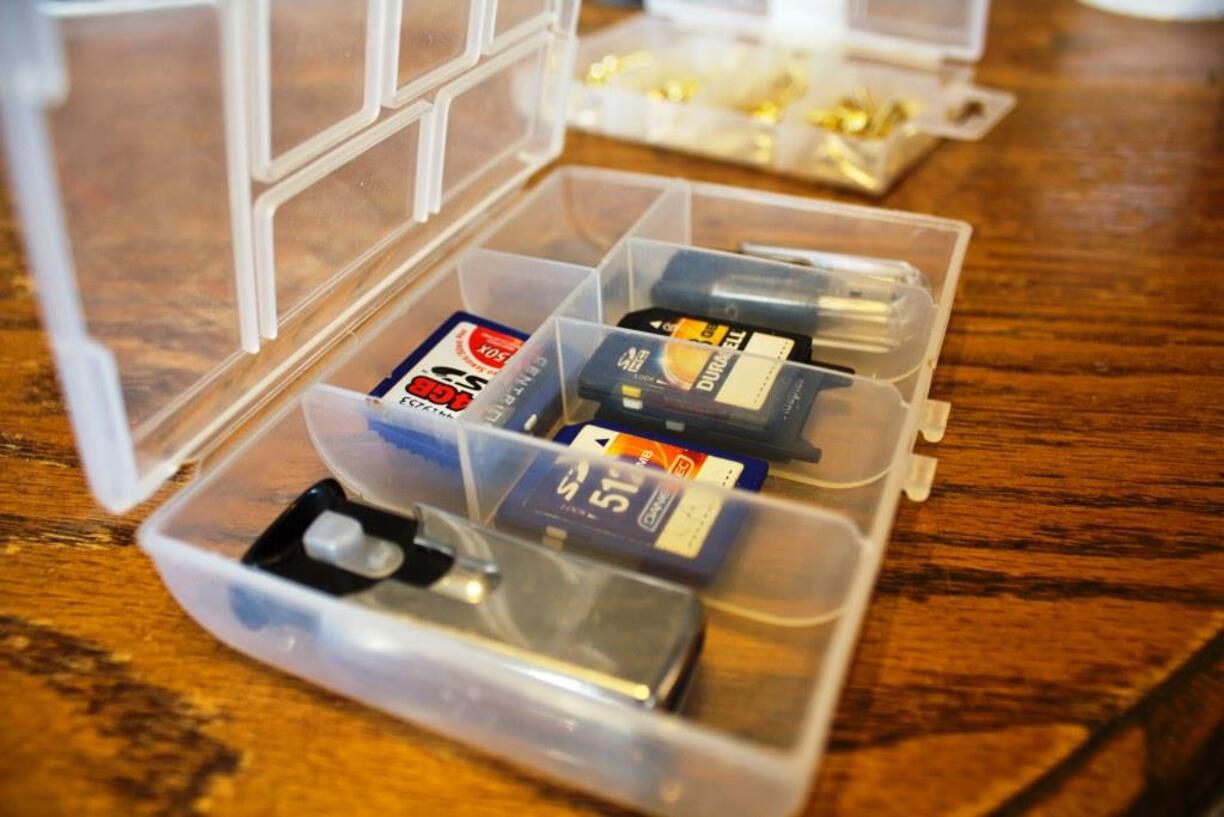

0 thoughts on “How To Store Business Cards”